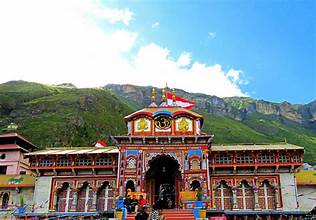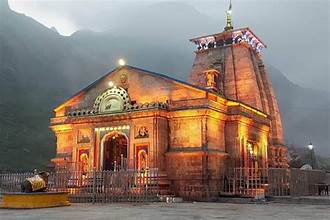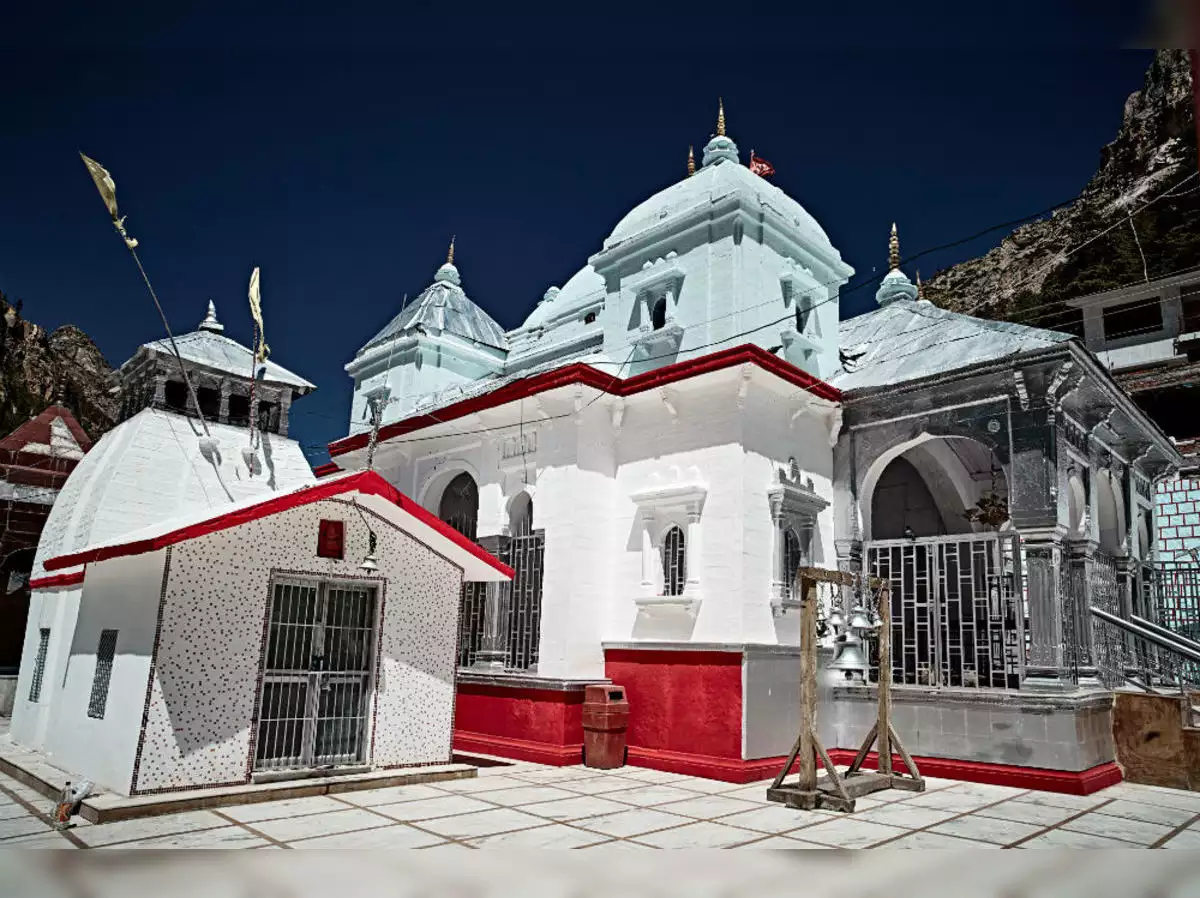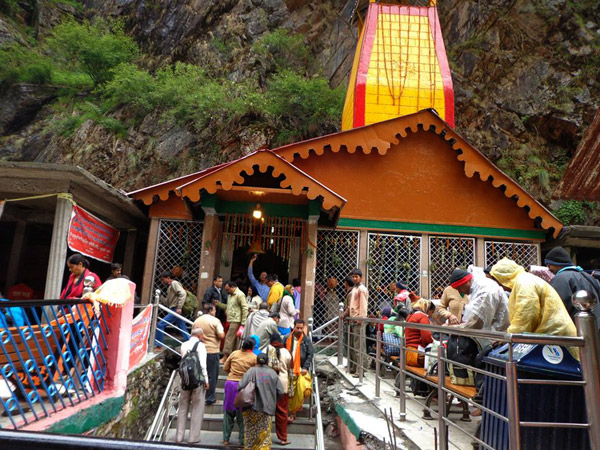All about the char dham Yatra 2024
The Char Dham Yatra is one of the most revered and significant pilgrimages in India, drawing devotees and travelers from around the world. The pilgrimage circuit consists of four sacred sites in the Indian state of Uttarakhand: Yamunotri, Gangotri, Kedarnath, and Badrinath. Each of these sites holds deep spiritual significance and is associated with different Hindu deities and legends.
The Char Dham Yatra is not just a religious journey but also a transformative experience that combines devotion, adventure, and the beauty of the Himalayas. It requires preparation, both physical and spiritual, but the rewards are profound, offering a deep sense of fulfillment and spiritual rejuvenation.
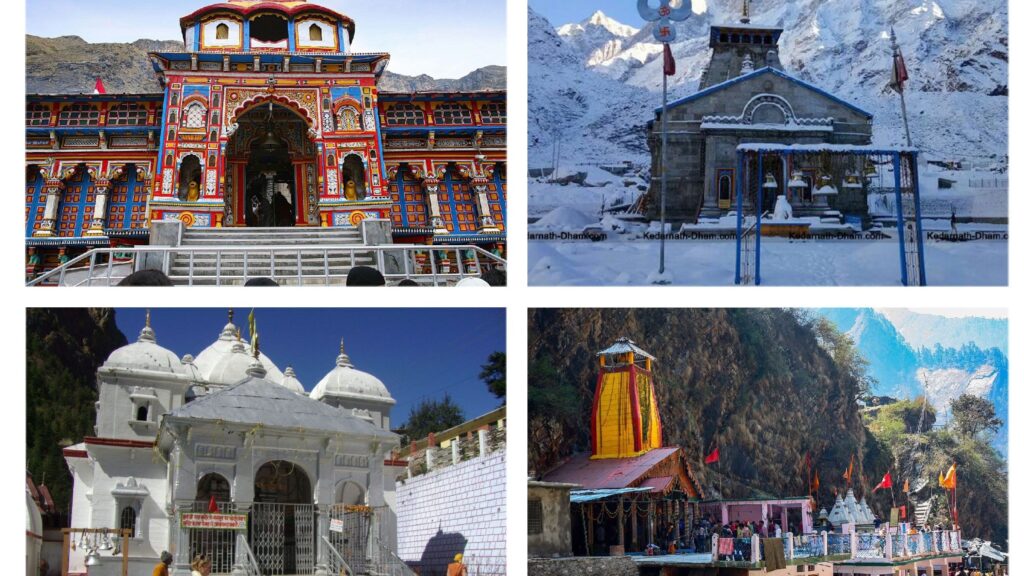
1. Yamunotri
- Location: Uttarkashi
district
- Significance: Yamunotri
is dedicated to the goddess Yamuna, the daughter of the sun god Surya and
the sister of Yama, the god of death. It is considered the source of the
Yamuna River.
- Temple: The
Yamunotri Temple, located at an altitude of about 3,293 meters (10,804
feet), is the primary attraction. The temple was originally built by
Maharani Gularia of Jaipur in the 19th century.
- Key Attractions: Surya Kund
(a hot spring near the temple), Divya Shila (a rock pillar), and the
Yamunotri Glacier, the actual source of the Yamuna River.
2. Gangotri
- Location: Uttarkashi
district
- Significance: Gangotri
is dedicated to the goddess Ganga and is the origin of the Ganges River,
one of the most sacred rivers in Hinduism.
- Temple: The
Gangotri Temple, situated at an altitude of 3,100 meters (10,200 feet),
was built by the Gorkha General Amar Singh Thapa in the early 18th
century.
- Key Attractions: The
Bhagirathi Shila (a rock where King Bhagirath is believed to have
meditated), the source of the Ganges at Gaumukh (located about 19
kilometers from the temple), and various hot springs in the region.
3. Kedarnath
- Location:
Rudraprayag district
- Significance: Kedarnath
is one of the twelve Jyotirlingas (shrines of Lord Shiva) and is dedicated
to Lord Shiva. It is believed to have been established by the Pandavas
from the Mahabharata.
- Temple: The
Kedarnath Temple is located at an altitude of 3,583 meters (11,755 feet).
It is a stone temple believed to have been originally built by Adi
Shankaracharya in the 8th century.
- Key
Attractions:
The Kedarnath Temple itself, Vasuki Tal (a glacial lake), and the
Kedarnath Wildlife Sanctuary.
4. Badrinath
- Location: Chamoli
district
- Significance: Badrinath
is dedicated to Lord Vishnu and is one of the four sites in India's Char
Dham Yatra. It is also part of the larger Char Dham circuit, which
includes Puri, Rameswaram, and Dwarka.
- Temple: The
Badrinath Temple, situated at an altitude of 3,300 meters (10,827 feet),
is believed to have been established by Adi Shankaracharya in the 9th
century.
- Key
Attractions:
The Tapt Kund (a hot water spring), Neelkanth Peak (a mountain peak near
Badrinath), and the Alaknanda River.
Best time to Visit Char Dham Yatra
The
best time to visit these holy sites is typically from late April to early
November. Here’s a breakdown:
1.
Late April to June (Spring/Summer):
o Weather: Mild and pleasant.
o Accessibility: Roads are clear and
accommodations are easily available.
o Activities: Ideal for
pilgrimage, trekking, and sightseeing.
o Crowds: Moderate to high,
as this is a peak season for pilgrims and tourists alike.
2.
July to September (Monsoon):
o Weather: Rainy, with potential
for landslides and roadblocks.
o Accessibility: Roads may be
disrupted due to heavy rainfall.
o Activities: Pilgrimage is
possible, but caution is advised due to weather conditions.
o Crowds: Lesser compared to
summer, but the weather can be challenging.
3.
October to Early November (Autumn):
o Weather: Cool and clear,
with post-monsoon freshness.
o Accessibility: Roads are usually
restored, and it's easier to travel.
o Activities: Ideal for
pilgrimage and scenic views, as the landscape is lush after the monsoon.
o Crowds: Moderate, as many
pilgrims prefer the clear weather before the sites close for winter.
4.
Mid-November to April (Winter):
o Weather: Harsh and snowy.
o Accessibility: Most routes are
closed due to heavy snowfall.
o Activities: Pilgrimage is not
feasible as the temples are closed.
o Crowds: Very minimal as the
sites are not accessible.
